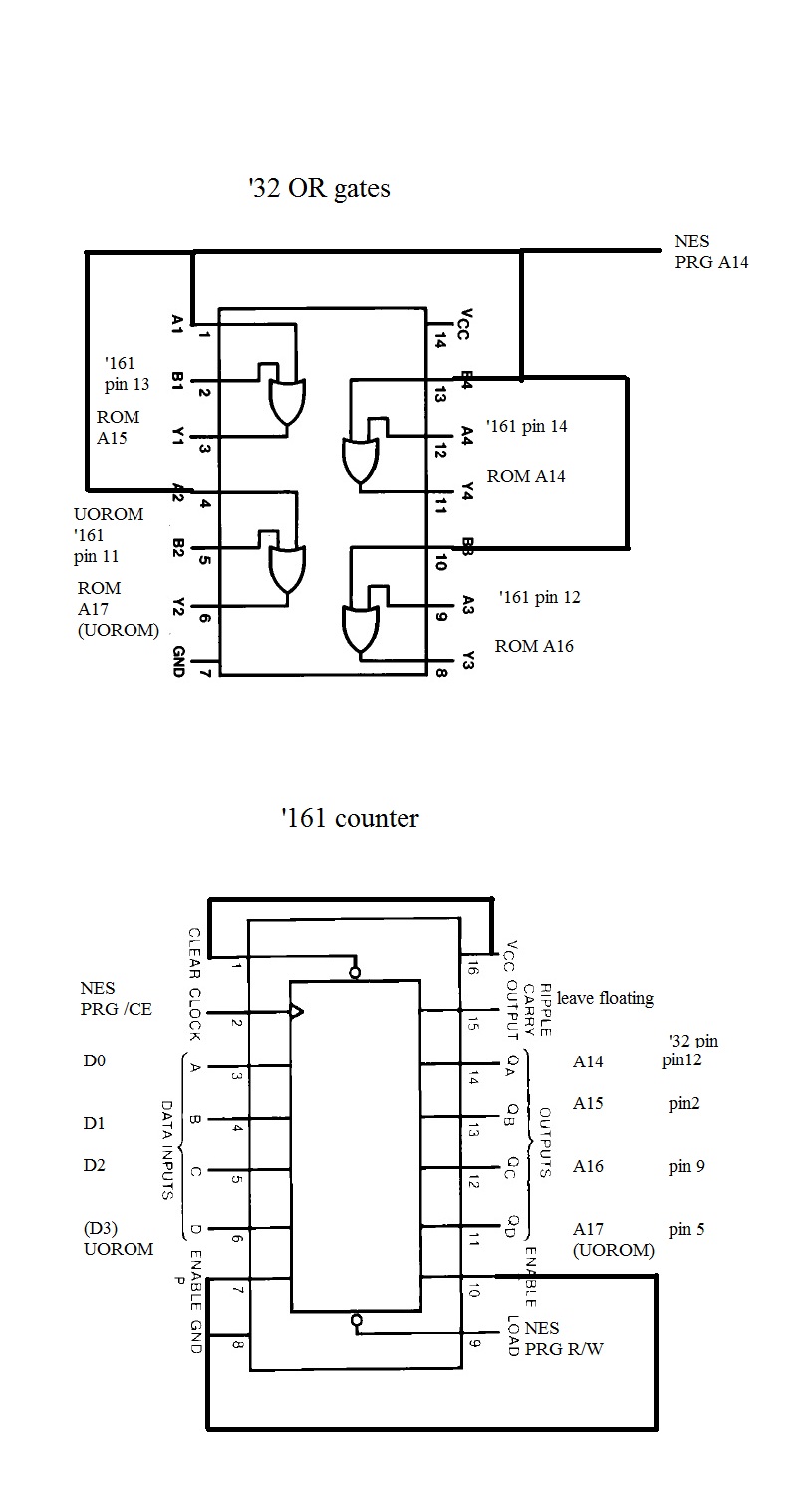Bregalad wrote:
I can confirm what memblers says : Back when I was a begginer in electronics I didn't understand why one would put so many capacitor on the supply lines as many capacitors in parallel equals a big capacitor.
However, those are to compensate for the imperfection of the board, the lines resistance, inductance, cpacitance, etc.... If you don't put a capacitor near the power supply of the IC, the power supply will be noisy, and sometimes it can be so bad circuits stops to work altogether.
This is especially important if you work in higher frequencies, such as the 5Mhz the PPU uses for it's bus acesses.
Yeah I had similar confusion at one point. Really it's all filtering, the issue is high frequency noise causing issues. So the capacitance has to be low to short out the high freq noise to ground (filter). Big caps are used more as a "reserve" to help maintain voltage. Both big and small caps are helping to maintain smooth power supply to the IC in different manners.


